In the age of digital acceleration, businesses are increasingly turning to Software as a Service (SaaS) not just as a technology solution, but as a core business model. Whether you’re a startup with a breakthrough idea or an enterprise modernizing legacy systems, building a SaaS product requires more than just writing code, it demands strategy, scalability, and user-centric design. Let’s walk you through the journey of SaaS development, from concept to cloud, highlighting the key steps, challenges, and best practices to build a successful cloud-based software solution in 2025 and beyond.
What is SaaS Development?
SaaS (Software as a Service) refers to software applications that are hosted in the cloud and delivered to users via the internet on a subscription basis. Instead of purchasing and installing software on individual devices, users access it through browsers or mobile apps, making it more flexible, scalable, and cost-effective.
SaaS development is the process of designing, building, deploying, and maintaining these cloud-based applications. It involves a combination of modern software engineering, cloud infrastructure, and continuous iteration to ensure seamless performance and long-term value.
Step 1: Laying the Groundwork – Ideation & Planning
Every successful SaaS product starts with a clear problem to solve. In this stage, focus on:
- Identifying market needs: Who is your target audience? What pain points are you solving?
- Researching competitors: What solutions already exist, and how can yours stand out?
- Defining core features: What functionality is essential for your MVP (minimum viable product)?
- Outlining revenue models: Freemium, subscription-based, pay-as-you-go—choose a model that aligns with your audience and growth goals.
Step 2: Designing for Success – UX and Architecture
In SaaS, user experience is everything. Your product must be intuitive, fast, and pleasant to use. At the same time, your backend architecture must support future growth.
Key considerations include:
- UX/UI Design: Create a clean, modern interface. Simplify user flows and prioritize ease of use.
- Cloud Architecture: Choose between multi-tenant (more common for scalability and efficiency) or single-tenant (preferred for high-security or enterprise apps).
- Scalability: Build with microservices or serverless architecture to ensure your app can grow with demand.
- Security by design: Implement role-based access, data encryption, and compliance measures from day one.
Step 3: Building the SaaS – Development & Integration
With design and architecture in place, it’s time to develop the product. This includes:
- Front-end and back-end development: Using modern frameworks and languages that support real-time data, responsive design, and fast performance.
- API integration: Connect with third-party tools, CRMs, payment gateways, and more to add functionality without reinventing the wheel.
- Database and cloud services: Use platforms like Google Cloud, AWS, or Azure to host your SaaS with automated backups, load balancing, and monitoring.
Step 4: Testing, Launching & Scaling
Before going live, rigorous testing is essential. Focus on:
- Functionality testing: Ensure all features work as intended.
- Performance testing: Validate that your app can handle user load.
- Security testing: Identify vulnerabilities and ensure data protection.
- User testing: Gather early feedback to fine-tune usability and onboarding.
Step 5: Post-Launch – Growth, Optimization & Support
The launch is just the beginning. SaaS development is an ongoing process. Post-launch, prioritize:
- User onboarding: Guide users through key features with tutorials, tooltips, or AI chatbots.
- Analytics and feedback: Use tools to monitor user behavior, feature adoption, and churn rates.
- Customer support: Offer responsive support via live chat, knowledge bases, or in-app help.
- Continuous updates: Fix bugs, add features, and improve performance based on user needs and market trends.
Conclusion
Developing a SaaS product is a strategic journey that goes far beyond building software. From concept to cloud, success depends on understanding your users, building scalable infrastructure, and delivering continuous value.
In 2025, SaaS is not just a delivery model,it’s a mindset. It’s about agility, innovation, and user empowerment. Whether you’re launching a new platform or scaling an existing one, a strong SaaS development strategy will set you apart in the competitive cloud landscape.
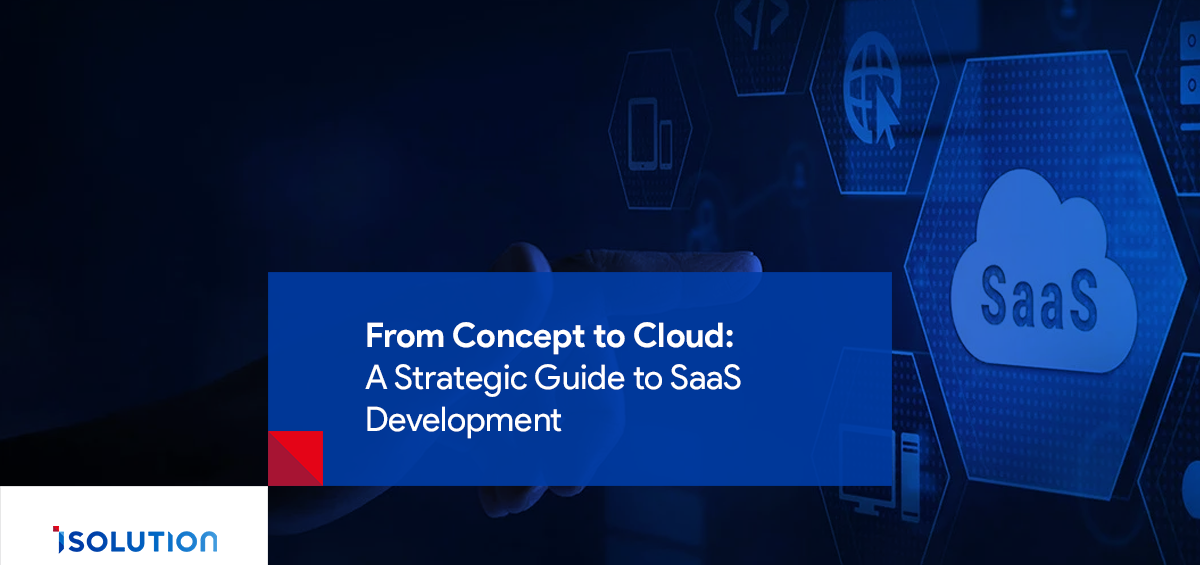
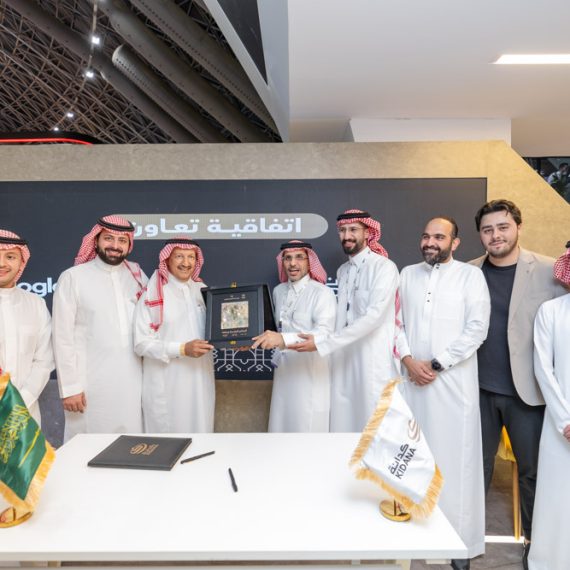
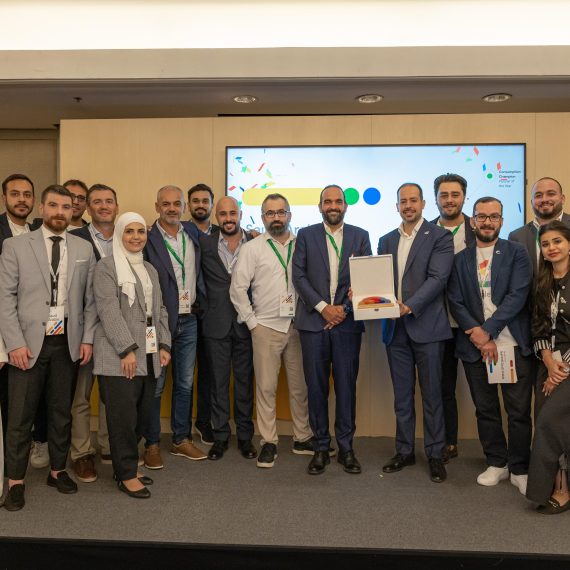
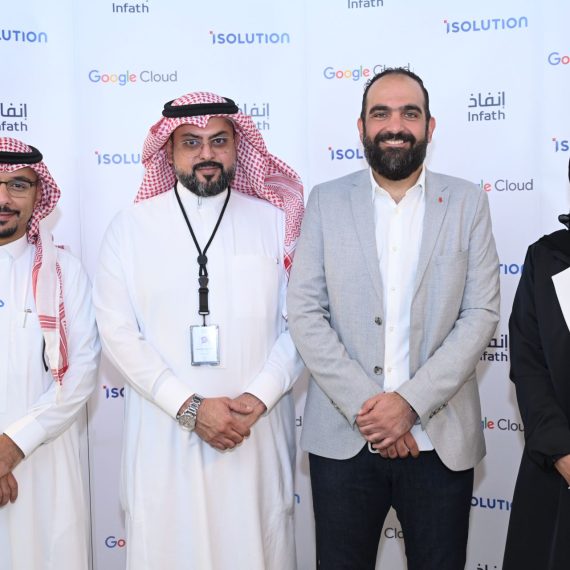

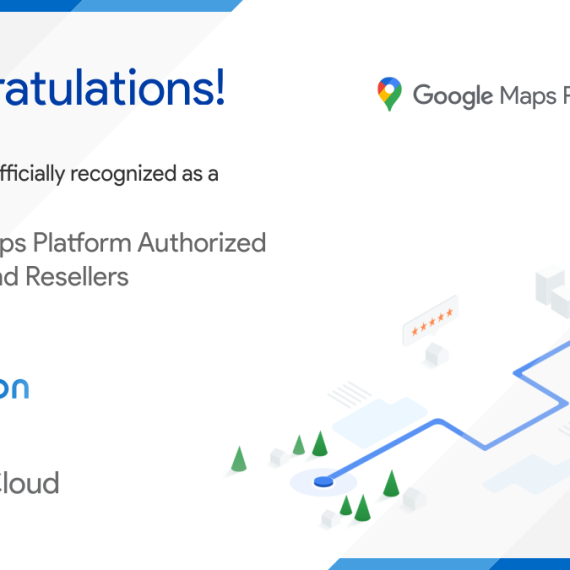

Leave a Comment